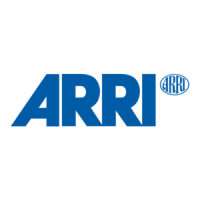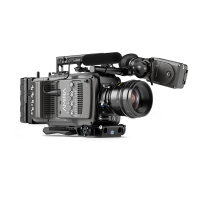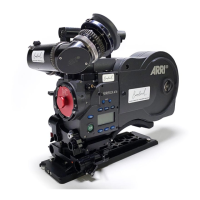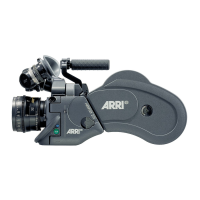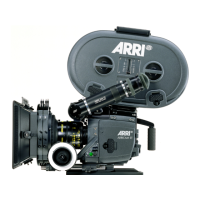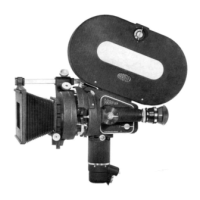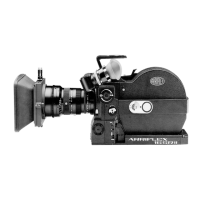User Pixel Masking
All sensors exhibit a certain number of defect pixels, and ALEXAs have
two mechanisms to catch and correct them: one is a static pixel
correction based on a pixel mask created during manufacturing, and
the other is a dynamic pixel correction that continuously evaluates each
frame and masks defect pixels that are not caught by the static pixel
mask. In very few cases we have observed some pixels that are not
corrected by either method; for those cases we have developed the
User Pixel Masking.
User Pixel Masking is a feature of ALEXA Software Update Packet (SUP)
9.0 and works in combination with the ARRIRAW Converter (ARC) from
version 3.0 on. The ARC 3.0 release is planned for December 2013. User
Pixel Masking works on all ALEXA cameras except ALEXA HD, ALEXA
HD Plus, ALEXA Fiber Remote and ALEXA Fiber Remote Plus.
To use User Pixel Masking for all Output and Recording
Formats
1. Record a short ARRIRAW sequence at 24 fps. This can be done
either by an ALEXA XT onto the internal XR Capture Drive, by an
ALEXA Classic with the XR Module Upgrade onto the internal XR
Capture Drive or by an ALEXA Classic onto an external recorder.
Alternatively it is possible to grab a number of ARRIRAW frames
onto the SD card when using an ALEXA Classic.
2. Import the ARRIRAW sequence into the ARC.
3. Use the ARC software to mark defect pixels. The marked pixel
coordinates are stored in an XML file called the User Pixel Mask.
Please note that it is advisable to mark the least number of pixels
necessary, as too many marked pixels can be counter productive.
4. Save the User Pixel Mask to the SD card and load it into the camera
via the SD card.
5. After a restart of the camera, the marked pixels will be masked
using information from surrounding pixels. This masking happens
right after the sensor, and thus applies to all outputs: the electronic
viewfinder, MON OUT, REC OUT and frame grab outputs as well as
ARRIRAW, ProRes and DNxHD recordings.
6. Carefully check the end result by visually inspecting the areas
where you have marked pixels; if too many pixels are marked too
close to each other, or if pixels are marked close to other pixels that
are already marked in the static pixel mask, the result could be
uncorrectable clusters, which are more visible than the original
defect pixels.
As an added service, it is possible to send the User Pixel Mask to ARRI
Service at service@arri.de for verification. We strongly recommend to
take advantage of this free service, as sometimes, depending on the
background, clusters are difficult to spot. Please note, however, that in
the end it is the responsibility of the person creating the User Pixel
Mask to verify that no clusters are formed.
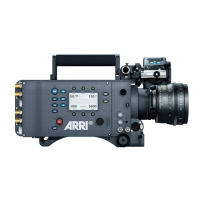
